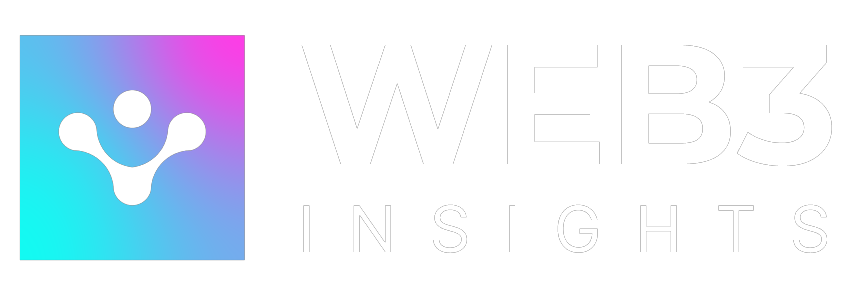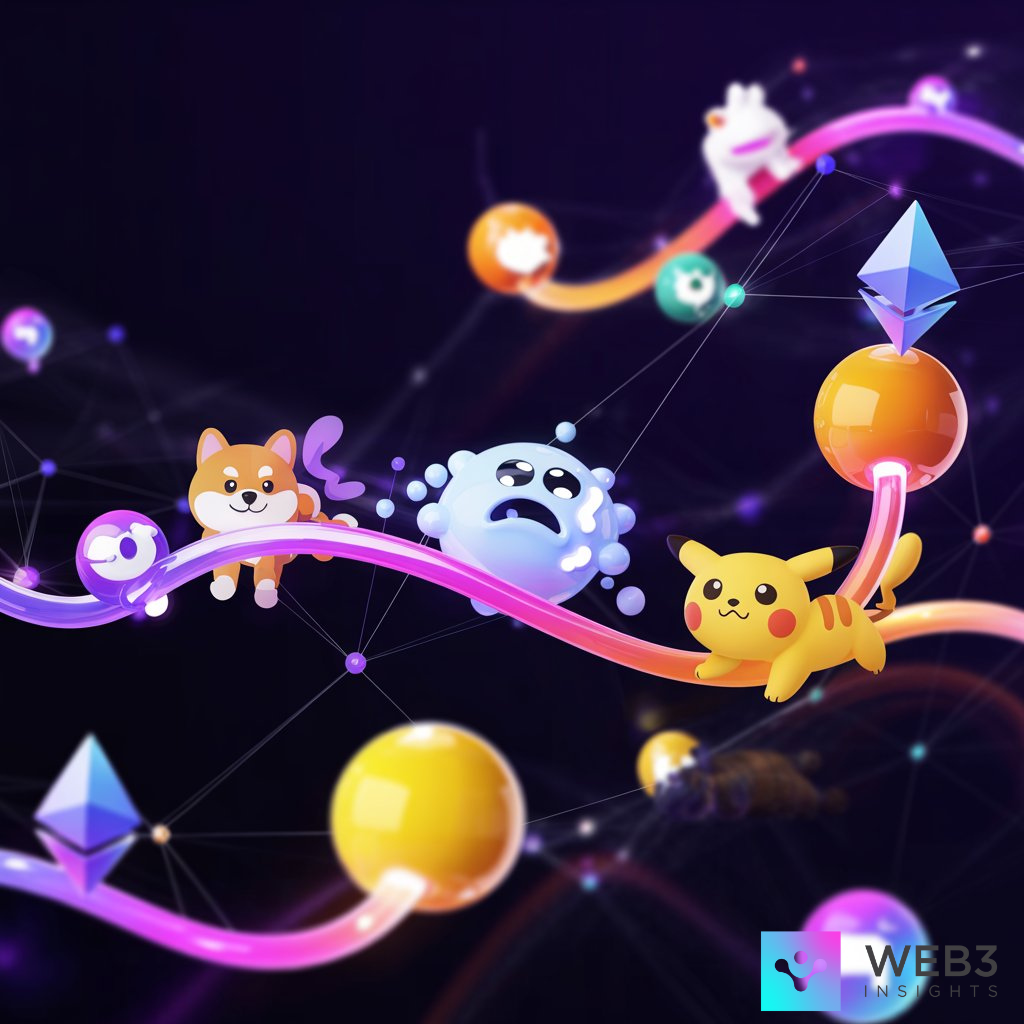In the world of crypto, narratives move markets. One minute, everyone’s building on Ethereum. Next, Solana is the hot new playground. These shifts don’t just happen; conversations, tweets, memes, and viral moments power them. And more conversations are happening on decentralized social media (DeSo) platforms.
So what happens when the platforms that shape MemeCoins stories become decentralized themselves? Can DeSo change who controls the conversation? Can it prevent manipulation? And is it already shaping the next big narratives in Web3?
Let’s break it down.
What Is Decentralized Social Media (DeSo)?
Decentralized social media refers to platforms that aren’t owned or controlled by a single company. Instead, they’re built on blockchain or Web3 infrastructure, allowing users to own their content, their data, and sometimes even the platform itself.
Unlike traditional platforms, think Twitter or Instagram, where a central authority can censor posts, ban users, or tweak the algorithm without notice, DeSo platforms aim to give that power back to the users. Everything is more transparent, permissionless, and often tied to token economies that reward engagement or content creation.
Popular DeSo platforms include Farcaster, Lens Protocol, and Mastodon, each with its twist on decentralization. Some are more focused on social graphs, others on monetization or interoperability. But at their core, they share a belief that social media should be less extractive and more community-owned.
How DeSo Platforms Influence MemeCoins Narratives
In crypto, narratives are everything, especially in the world of MemeCoins. Why did $DOGE take off? Why did $PEPE dominate headlines for weeks? Why do new MemeCoins pop up and go parabolic seemingly overnight? It’s all about what people are talking about loudly and at scale.
DeSo platforms have begun playing a big role in this conversation. By removing gatekeepers, they allow under-the-radar MemeCoin projects and communities to gain traction based purely on merit and community support. If an idea resonates, it spreads. No need for blue checks or algorithm boosts.
On platforms like Farcaster, the early adopters are builders, VCs, and degens, people deeply embedded in the space. When someone with clout posts a hot take or drops alpha about a new MemeCoin, it ripples through the network fast. These posts don’t get buried by the algorithm, they’re engaged with based on quality, context, and relationships. That creates a more organic, bottom-up approach to storytelling in the MemeCoin ecosystem.
DeSo vs Traditional Social Media: Why It Matters for MemeCoins
Let’s be real, Twitter (or X) still dominates crypto conversation, especially around MemeCoins. But there are problems. Accounts get suspended. Algorithms prioritize outrage or clickbait. Sometimes, truly interesting new MemeCoins get drowned out by noise.
With DeSo, the value isn’t just in “freedom of speech”, it’s in freedom of reach. Content isn’t filtered by a centralized algorithm. Communities can form without fear of deplatforming. And protocols like Lens even allow you to take your followers with you if you switch apps.
This changes the game for MemeCoins. Instead of allowing a few loud influencers or corporate interests to shape memecoins, their narratives rise and fall based on actual community interest and interaction. That’s huge for projects trying to build long-term trust and authenticity.
How MemeCoin Projects Use DeSo to Build Hype and Community
Many early-stage MemeCoins are now bootstrapping their communities directly through DeSo. Instead of spending on paid ads or trying to game Twitter’s algorithm, they show up authentically on platforms like Farcaster and Lens.
They drop early product updates, post memes, ask for feedback, reward early followers with NFTs, and co-create content with their audience. This kind of participatory storytelling makes people feel like insiders, not just spectators. When the narrative takes off, it’s not because someone paid for a headline. It’s because a genuine community is excited and engaged.
This kind of bottom-up attention is crucial for MemeCoins, which often depend on viral community momentum to gain initial traction. And when that traction is deep in real engagement, not bots or shill threads, it tends to last longer.
Can Decentralized Social Media Reduce MemeCoins Market Manipulation?
Here’s the million-dollar question: Can DeSo make MemeCoins trading more honest?
On one hand, yes. Because everything is on-chain or publicly verifiable, it’s harder to fake engagement or bot your way to virality. You can trace interactions, see who’s connected to whom, and know if a conversation about a MemeCoin is real or orchestrated.
On the other hand, humans are still humans. Scams and echo chambers can still exist, even in decentralized systems. But the transparency and accountability that DeSo offers create new tools to fight back. Instead of relying on platform moderators or opaque algorithms, the community becomes the filter. If something’s shady, you can call it out quickly and publicly.
That kind of real-time feedback loop is critical in a space as fast-moving as MemeCoins, where sentiment can flip on a dime.
What This Means for the Future of MemeCoin Storytelling
DeSo platforms are still in their early days. But their potential to shape MemeCoin narratives, and therefore their success or failure, is real. As more people migrate to Web3-native spaces for their crypto news, memes, and conversations, the influence of DeSo will only grow.
We’re heading toward a future where the stories that define each MemeCoin cycle aren’t just handed down by influencers or media outlets. They’re co-written in real time by the communities living and building in the space.
And that’s powerful.
Conclusion
Narratives move fast in crypto. What people believe, share, and build together sets the direction of the market. In the world of MemeCoins, that’s even more amplified. Decentralized social media gives us a chance to rewrite the rules, not just of content ownership, but of influence itself.
If you want to catch the next big MemeCoin wave, stop scrolling Twitter doomposts. Start paying attention to what’s happening on DeSo.
Because in Web3, the next $DOGE might not come from a celebrity tweet, it might come from a cast, a mirror, or a community meme on a decentralized social feed.








